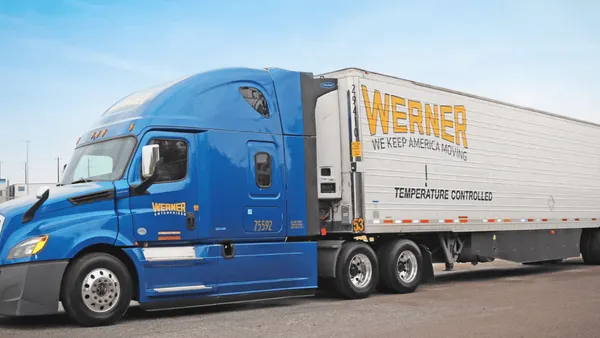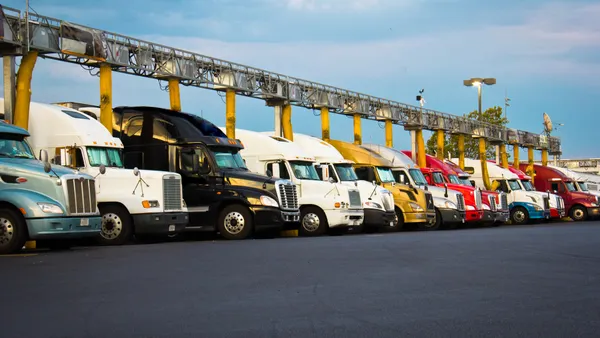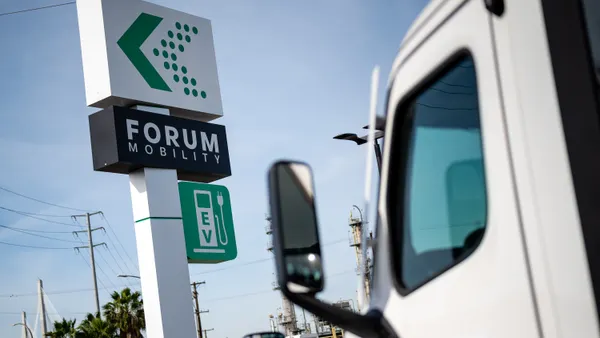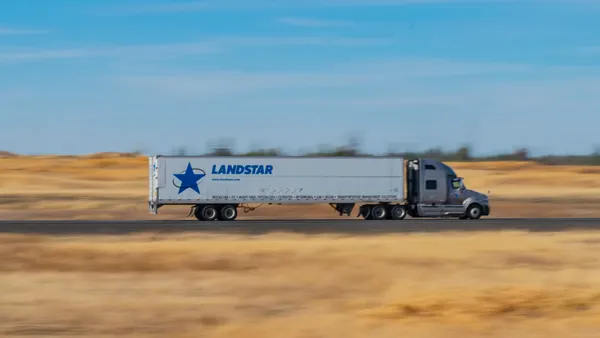This is a contributed op-ed written by JP Wiggins, co-founder and vice president of logistics at 3Gtms. Opinions are the author's own.
In freight brokers' never-ending quest to secure transportation capacity for their shippers, so many of my broker friends have asked this question this year: "Should I expand into LTL?"
The thought process makes sense. The LTL segment has always seemed like a plentiful resource — a mode with unlimited capacity in which you turn over however much freight to the carrier and they take it all. That's how we always thought about it.
Well, that's just not true anymore.
Every trucking mode (and maritime and rail, for that matter) is operating above their capacity limits, and LTL is no different.
Across modes, capacity is changing daily. So, freight brokers need to be smart about their approach to how they shift their operations.
The question shouldn't be whether you should wade into LTL. The question should be: "What modes can I utilize to help my customers consistently move freight?"
Don't get caught flat-footed
Brokers should be leaning on any and every mode possible to get through the COVID-19 era. Of course that means trying to pivot into LTL, but it also means looking at intermodal, parcel, managed transportation and blended services.
You have to explore every option and have an internal menu and carrier network for each one.
The supply chain environment we're experiencing right now is here to stay for at least another 18 months to two years. Brokers and freight-brokering carriers have to experiment with new service options for shippers. It's paramount, or otherwise you risk becoming like Blockbuster in a rapidly changing supply chain and economy.
The stage is set for a big swing and expansion in the freight brokerage market over the next five years, as the supply chain morphs to the demands of the modern economy and the modern consumer.
You don't want to be the broker who squanders the opportunity for growth simply because you felt flat-footed and stuck in one trucking mode.

You don't want to be the broker who squanders the opportunity for growth simply because you felt flat-footed and stuck in one trucking mode. Most shippers don't really care which mode their freight runs in, so long as loads move and the price is fair.
For brokers, and even motor carriers, it's not about defining a mode or even keeping your shippers in the loop about modes. It's about being flexible, finding dynamic solutions and building a carrier network that can move freight, regardless of whether it's in the back of a 53-foot dry van, a 26-foot box truck or a pallet in the back of a Ford Transit cargo van.
Moving freight is not unlike making sausage — you don't want your customers to see how it's done. And in the modern freight brokerage sector, your shippers only need to know that their freight's in good hands and it's on its way to where it needs to go.
A dynamic future
Of course, pivoting into new modes is more difficult than simply making a declaration.
You may need to hire personnel with expertise or relationships in the market you're exploring. You might have to re-train existing staff on how to procure transportation service within these new modes.
But so long as transportation capacity remains the huge sticking point it has become, brokers and carriers have to find transportation service anyway they can get it. On the back end of the current capacity crunch, freight brokers will need to be adept across all freight modes.
That's where the industry's heading, and that's the dynamic future that will help prevent the supply chain from slamming into another wall.
To submit an opinion piece for publication on the Transport Dive website, please visit https://www.transportdive.com/opinion/submit-opinion/ and view our guidelines and submission form.












